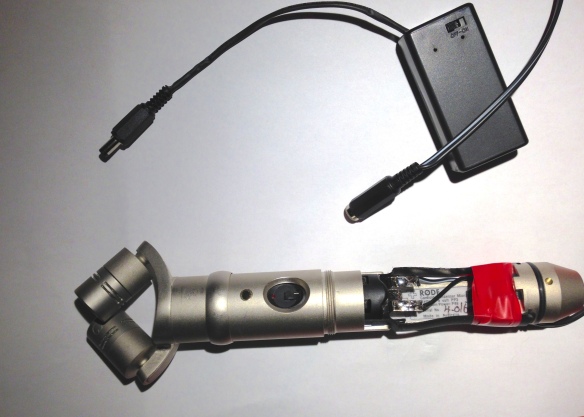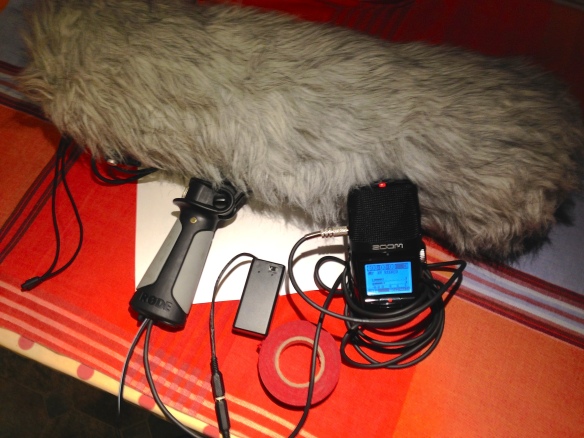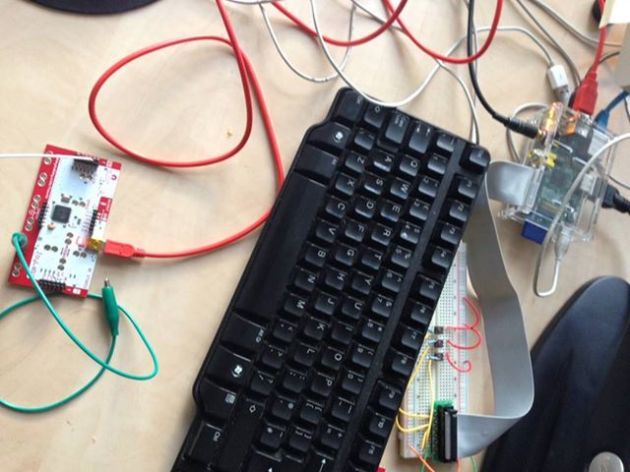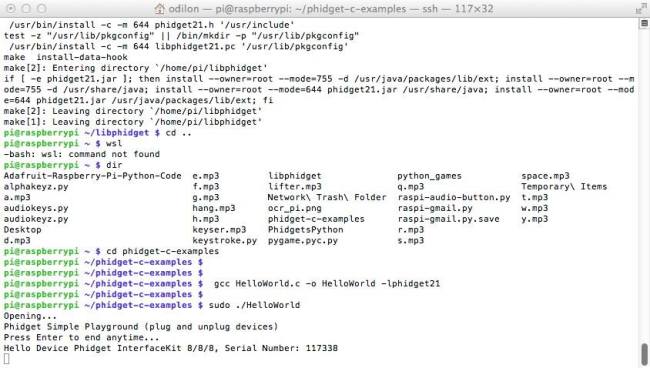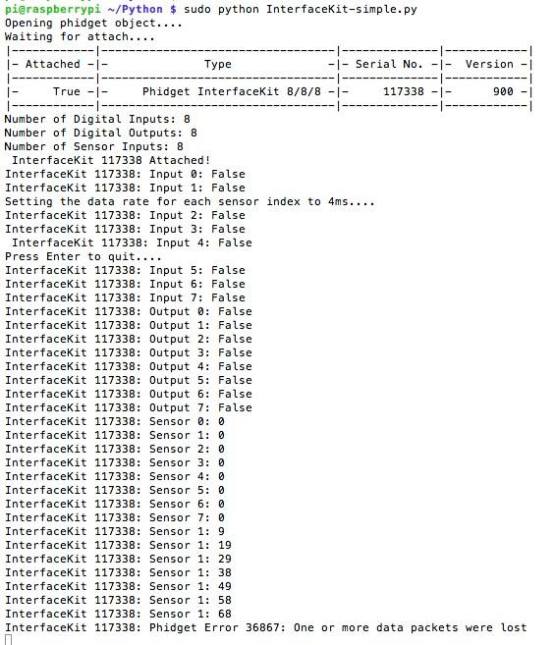As mentioned in a previous post, I like using the NT4 for location work. I usually use the Tascam DR-680, which has cracking preamps, but often for convenience I use the Zoom H2N, which ain’t half bad. I keep the NT4 in a blimp, but….the H2n doesn’t have P48, which means I have to take the mic out of the blimp to put a 9v battery in. D’oh!
Of course, the mic now needs to be switched on. Once in the blimp, I need to unscrew the front cap, reach in, flick the switch etc. It’s even worse when I have the furry windbreak on – this needs to come off, blimp open, switch, close blimp, furry back on…..oh shit, the recording opportunity has just flown away. Double d’oh!
Of course, once I’ve gone through all that, I’ll invariably forget to switch the microphone off, which means that next time I grab it do do a recording, the battery is flat, which means that the whole mic has to be taken out, by which time the thing I wanted to record has actually died of boredom or old age. D’oh d’oh d’oh d’oh d’oh!
So, kids….here’s a Hack You Can Try At Home!!!! I bought a 9v battery box, a male/female pair of 2.5mm power connectors, a bit of wire and a bit of heatshrink, all for the princely sum of about 7 quid in Maplins, probably much cheaper on Fleabay. I simple soldered wires to the battery terminals in the mic (mind your polarity, and I guess this’ll void your warranty), ran the wire through the cable duct in the mic mount, female terminal on the wire, male terminal on the battery box, plug in, switch on: hey presto, external battery power with a battery that can be switched and changed over without having to take the mic out of the blimp….
I love little mods like this……half an hour work and your life suddenly is a whole lot easier!

